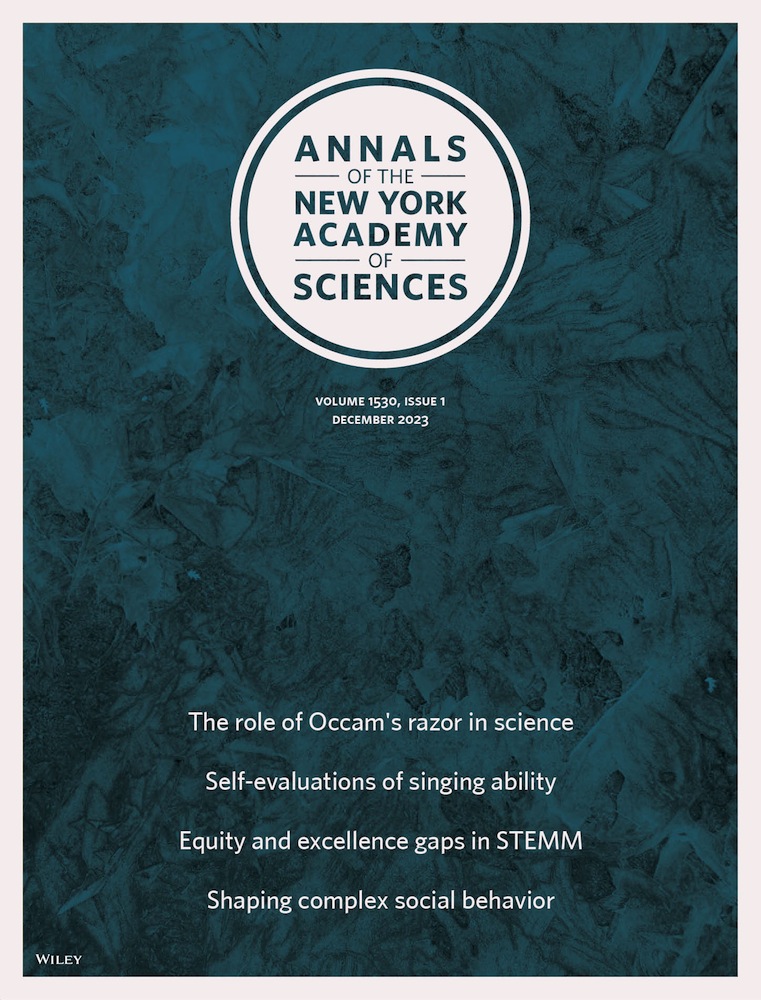论光子-经典电磁场关系
IF 4.8
3区 综合性期刊
Q1 MULTIDISCIPLINARY SCIENCES
引用次数: 0
摘要
本文讨论了引入自由传播光子的波函数的两种方式——从相对论的能量-动量关系出发或基于电磁场,特别是基于黎曼-希尔伯斯坦矢量——是如何不完全等价的,因为它们会导致关于光子局域化的不同结果。在第一种情况下,可以明确地获得普朗克常数数量级区域的相空间局域化,符合量子不确定性原理。在第二种情况下,选择标准共轭变量和傅里叶变换决定了状态是量子处理还是经典处理。然而,这两种形式是兼容的。本文章由计算机程序翻译,如有差异,请以英文原文为准。
On the photon–classical electromagnetic field relationship
This paper discusses how the two ways in which the wavefunction of a free-propagating photon can be introduced—starting from the relativistic energy−momentum relationship or based on the electromagnetic field, in particular on Riemann–Silberstein vectors—are not entirely equivalent since they can lead to different consequences regarding photon localization. In the first case, a phase space localization in regions of the order of Planck's constant, in agreement with the quantum uncertainty principle, could be unambiguously obtained. In the second case, the choice of canonically conjugate variables and Fourier transforms determines if the state is treated quantumly or classically. Both formalisms are, however, compatible.
求助全文
通过发布文献求助,成功后即可免费获取论文全文。
去求助
来源期刊

Annals of the New York Academy of Sciences
综合性期刊-综合性期刊
CiteScore
11.00
自引率
1.90%
发文量
193
审稿时长
2-4 weeks
期刊介绍:
Published on behalf of the New York Academy of Sciences, Annals of the New York Academy of Sciences provides multidisciplinary perspectives on research of current scientific interest with far-reaching implications for the wider scientific community and society at large. Each special issue assembles the best thinking of key contributors to a field of investigation at a time when emerging developments offer the promise of new insight. Individually themed, Annals special issues stimulate new ways to think about science by providing a neutral forum for discourse—within and across many institutions and fields.
 求助内容:
求助内容: 应助结果提醒方式:
应助结果提醒方式:


